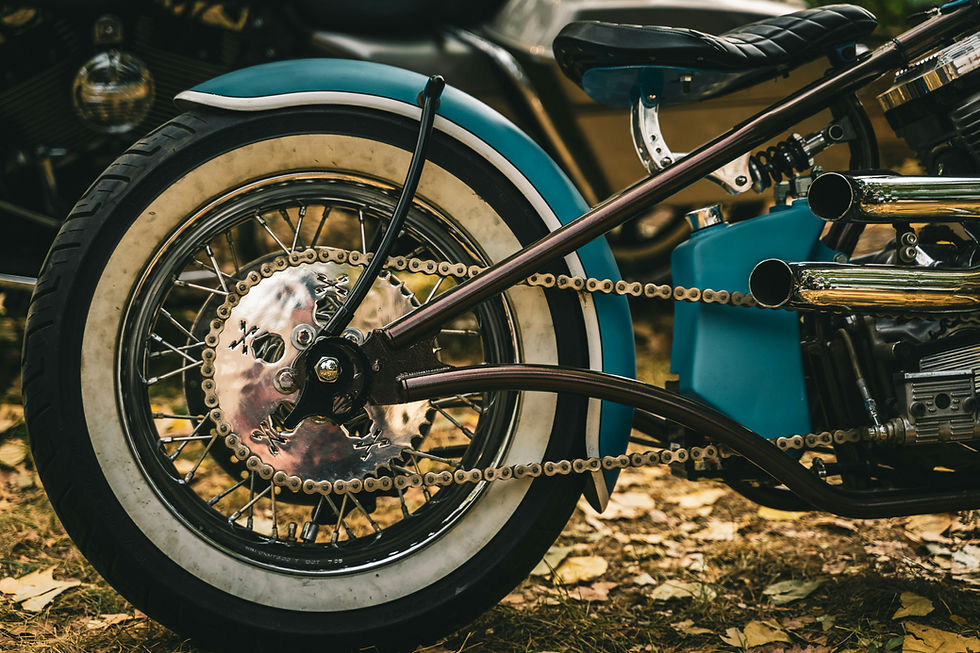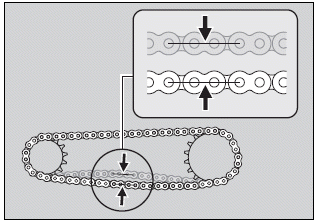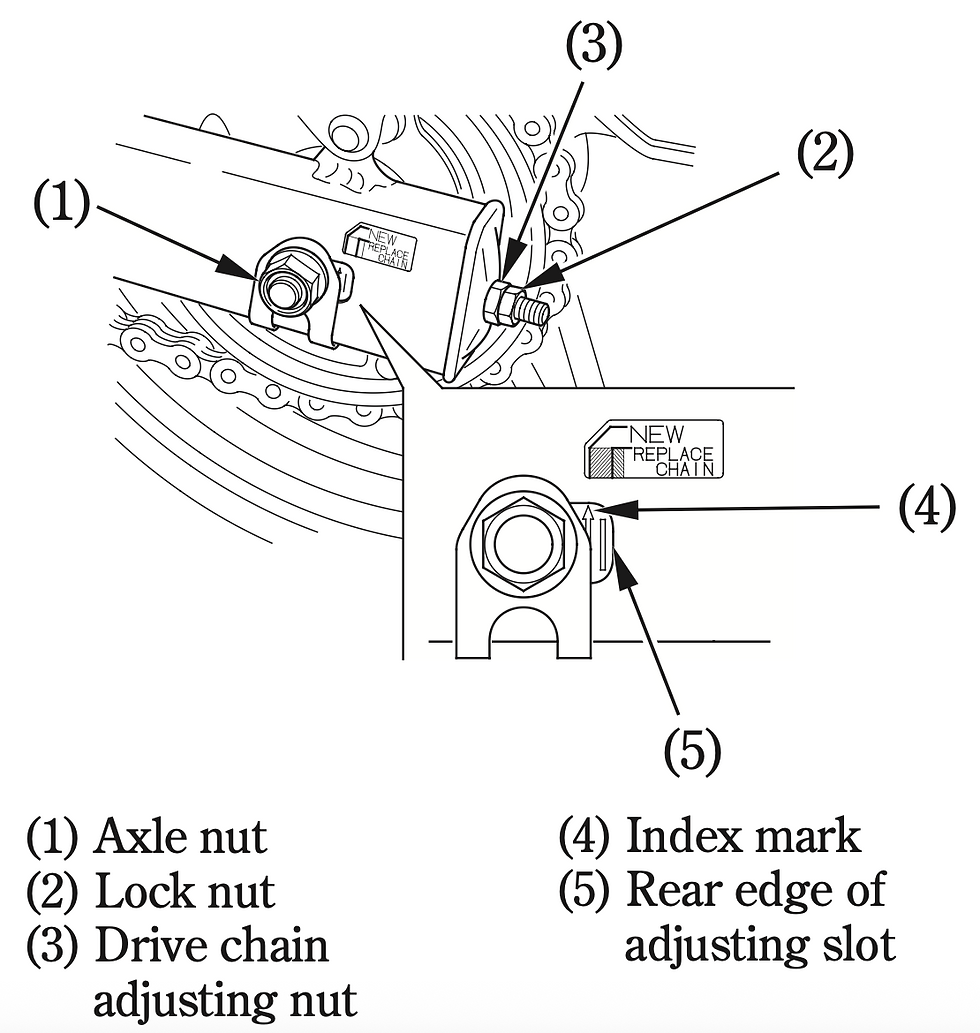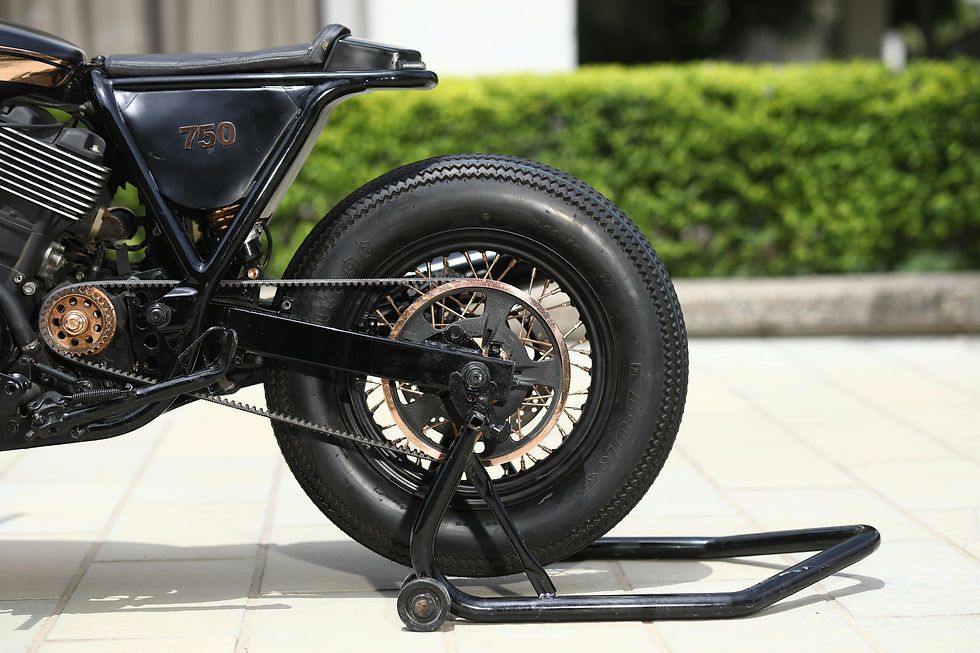How to Properly Check Chain Tension on Your Motorcycle for Beginners
- alleyadmin
- Aug 10
- 3 min read
Maintaining your motorcycle is crucial for a smooth and safe ride. One key aspect of motorcycle maintenance is checking chain tension. A properly tensioned chain not only boosts performance but also extends your bike’s lifespan. In this guide, we will simplify the steps to check chain tension, making it easy for beginners to understand and follow.

Understanding Chain Tension
Before we jump into checking chain tension, let's clarify what it is and why it matters. The chain on your motorcycle connects the engine to the rear wheel, transferring power for movement. If the chain is too loose, it can slip off the sprockets, leading to potential damage. In fact, a loose chain can decrease your bike’s power transfer efficiency by over 10%. On the other hand, if it is too tight, it can wear out the chain and sprockets much faster, which can lead to repair bills that range from $100 to $500.
Essential Tools Needed
To effectively check the chain tension, you will need a few basic tools:
Ruler or Chain Tension Gauge: A ruler helps measure slack, while a chain tension gauge provides more precise readings.
Wrench Set: You will use this to adjust the rear axle if the chain tension is outside the recommended range.
Owner’s Manual: This document contains vital information about the appropriate chain tension for your motorcycle model.
A Torque Wrench: When adjusting your axle, it's essential that you tighten the nut to the correct torque setting.

Step-by-Step Guide to Checking Chain Tension
1. Get Your Motorcycle Ready
First, ensure your motorcycle is on a level surface and well-supported. Depending on your bike model, chain tension will need to be checked on the side stand, or on a centre stand. Be sure to check your service manual to find out what's right for your bike.
2. Find the Chain
Get down to eye level with your motorcycle and locate the chain. It runs along the left side, connecting the front sprocket (attached to the engine) to the rear sprocket (attached to the rear wheel).
3. Find Your Measuring Point
Chain slack is typically measured on the underside of the swingarm, midway between the front and rear sprockets. Rotate the rear wheel to identify the point where the chain has the least amount of slack. This spot will be the tightest, and you should measure the chain slack there.
4. Measure the Chain Slack

Using your ruler or chain tension gauge, measure the slack in the chain. The measurement is usually taken by pushing the chain upwards and downwards to find the maximum deflection, with the difference between these two points being the chain slack. Depending on your model of bike, the correct slack could be anywhere from 10mm to 60mm, so check your service manual to be sure.
5. Adjust the Chain Tension if Needed

If the slack falls outside the recommended range, you will need to adjust the tension. Locate the rear axle adjustment bolts on either side of the swingarm. Loosen the axle nut with your wrench and turn the adjustment bolts to either tighten or slacken the chain. For many motorcycles, turning the bolts 1/4 turn increments can significantly impact slack. Always adjust both sides of the swingarm the same amount.
6. Recheck the Chain Tension
After making adjustments, measure the chain slack again using the same method. Make sure that the measurement is now within the specified range.
7. Secure Everything
Once satisfied with the chain tension, tighten the rear axle nut using your torque wrench. It is essential to ensure everything is secure to avoid issues while riding.
Common Mistakes to Avoid
Even though checking chain tension is relatively simple, beginners often fall into a few common traps. Here are some pitfalls to sidestep:
Neglecting Regular Checks: Chain tension should be inspected regularly, particularly before long rides. Research indicates that 30% of motorcycle accidents can be attributed to maintenance issues, including chain problems.
Ignoring the Owner’s Manual: Each motorcycle model has unique chain tension specifications. Always refer to your owner’s manual for accurate guidelines.
Over-tightening the Chain: Many believe that a tighter chain is preferable, but over-tightening can lead to premature wear. Always aim for the recommended slack to avoid this common error.

Final Thoughts
Checking the chain tension on your motorcycle is a vital maintenance task that every beginner should master. By following these detailed steps, you can ensure your bike operates smoothly and safely. Regular checks enhance your riding experience and prolong your motorcycle's life. A well-maintained chain is key to your classic bike's overall performance. So, take the time to check it regularly and enjoy every ride!
By adopting these practices, you’ll build confidence in your motorcycle maintenance skills. Happy riding!



Comments